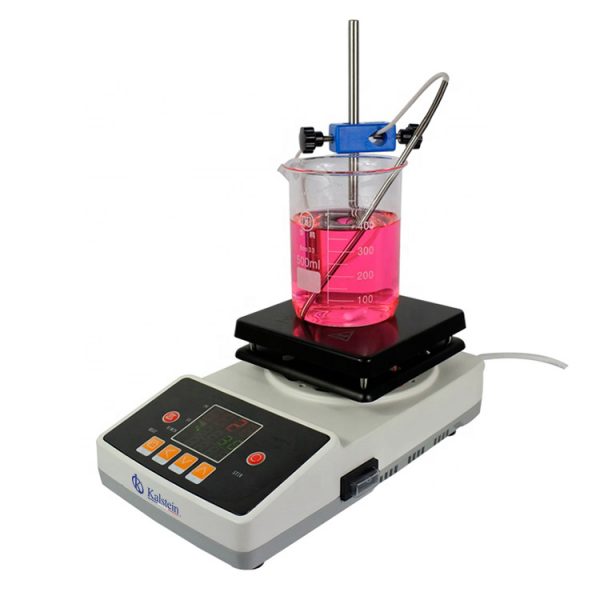The practical use of heating plates in the laboratory is an essential tool for tasks designed to extract useful information and teach students alike the importance of proper temperature manipulation.
The chemistry, physics and biology laboratory generally use these heating plates to increase the temperature for solvents, solvents, reagents and products in conducting various experiments; these plates save time and energy.
Benefits of using hot plates for researchers
The use of a heating plate produces a gradual increase in temperature, which avoids the need to continuously adjust the fire to reach the desired heat level, this not only saves time, but also avoids any overgeneration of heat, which can damage the contents of the laboratory.
In addition, it contains safety gates that prevent the possibility of overheating; experiments conducted in classrooms or laboratories in the chemical industry need stable and reliable heat control to transport the reagents in the contents from the heating plate.
Advantages of using plate heaters in laboratories
The use of a plate heater is ideal, as it can add sufficient heat, enabling the preparation of examples; heating plates have the advantage of generating heat evenly to ensure experiments, this not only ensures excellent performance, but can also save time in the preparation of experiments.
Heating plates are portable electrical devices and do not require fossil fuels to operate, this makes it ideal for any laboratory that wishes to have a safe and clean heat source; the heat generated by these heating plates does not pose a risk to laboratory employees or to the experiment.
Heating plates can be used in different processes in laboratories, depending on the experiment being performed
These plates allow working in safe and comfortable climates, while regulating the temperature as needed; warming plates are also used for extremely low temperatures, such as in the field of refrigeration and cryogenics.
These plates provide small, but periodic, steps of heat, allowing to work within a stable temperature range, this is especially useful for cryogenic experiments or for storing samples at very low temperatures.
The practical use of heating plates within the laboratory ensures that all experiments are performed safely and efficiently
In summary, the practical use of warming plates in the laboratory allows for the preparation of a variety of experiments and precise temperature manipulation, this tool is fast, portable, clean and efficient.
Heating plates not only provide protection against overheating, but can also provide precise temperature regulation for different experiments.
Where researchers can purchase good quality and low cost heating plates for their laboratories
Researchers will be able to visit our website HERE and enjoy great deals, likewise only we as MANUFACTURERS can guarantee your effective purchase.
To obtain sophisticated and first quality equipment related to heating plates just click on the following link HERE

